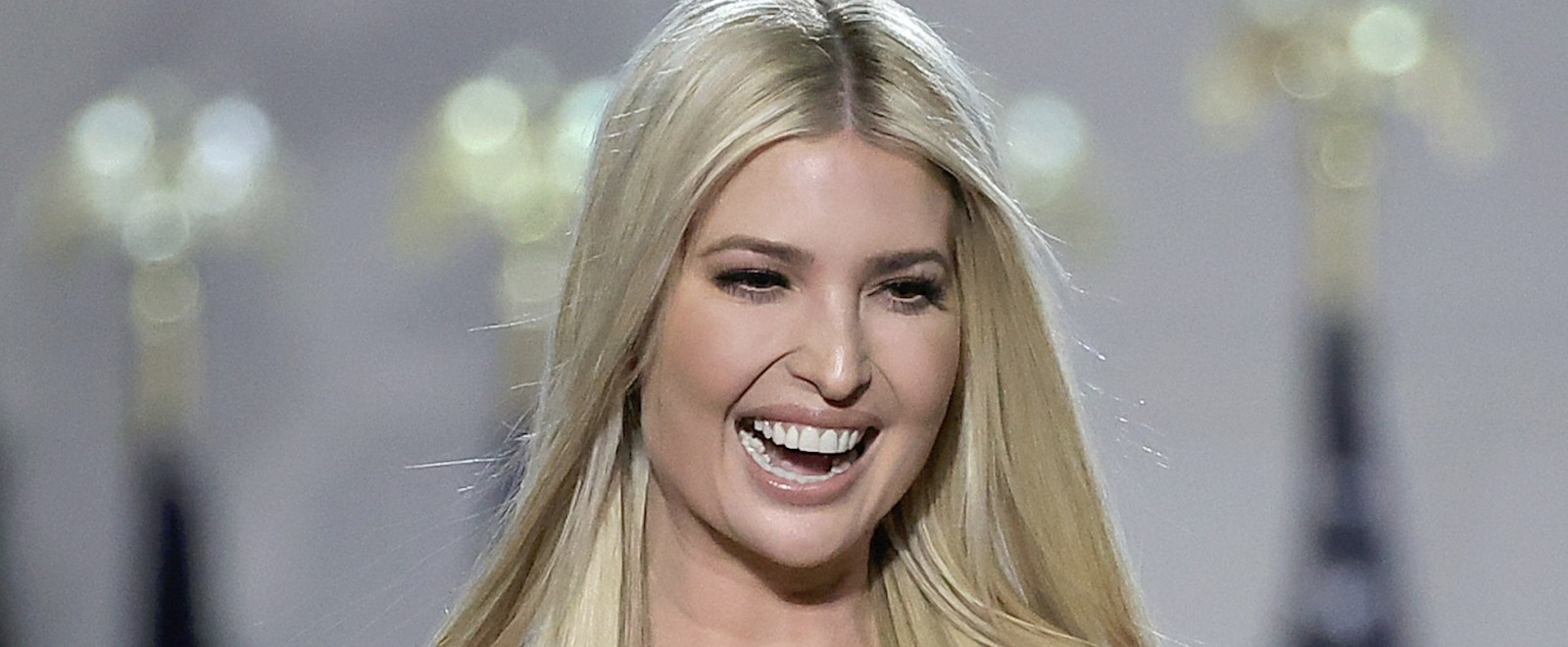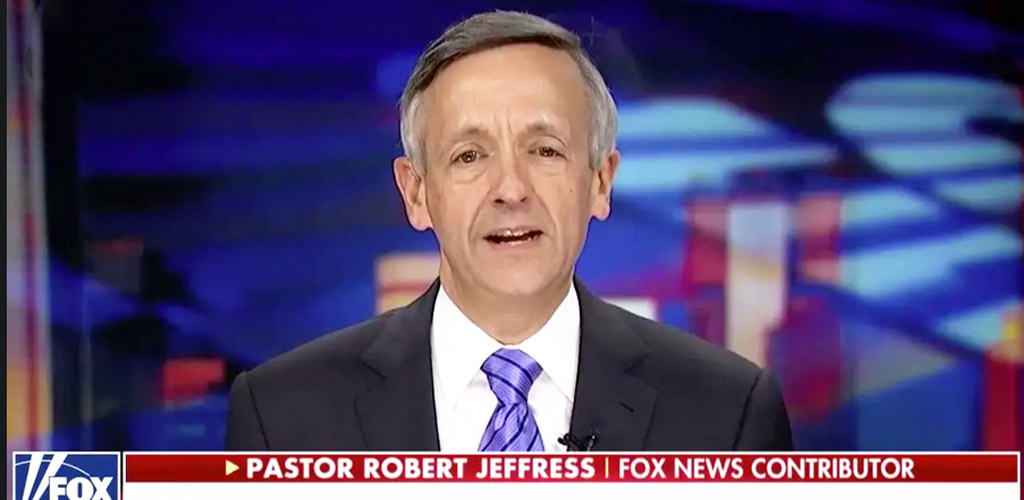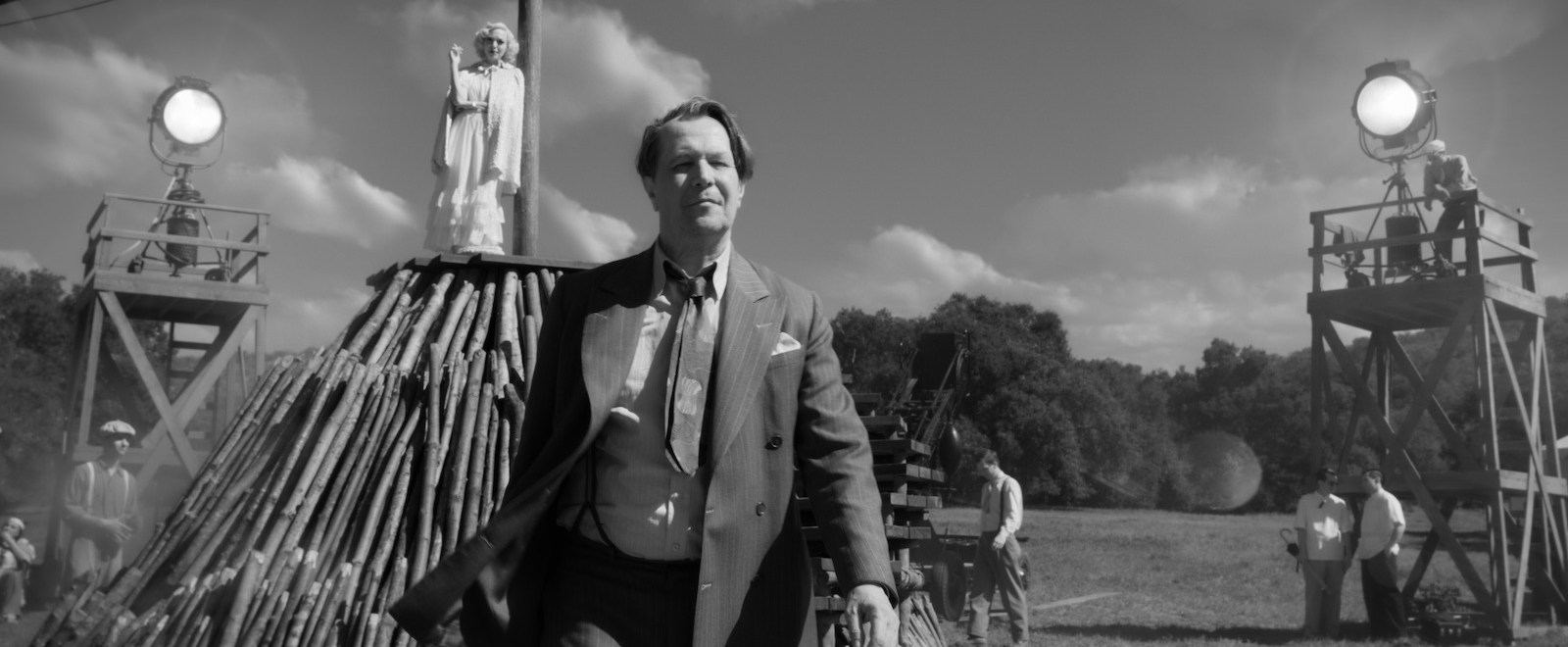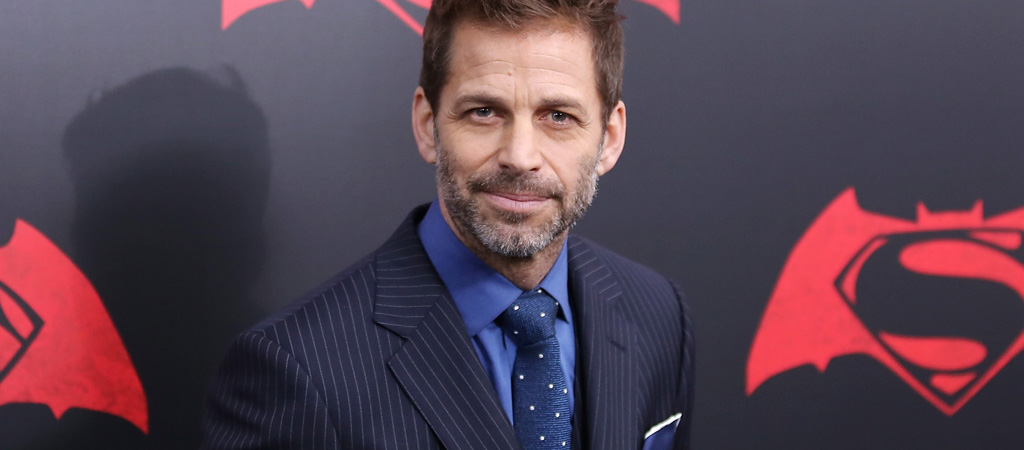
Senator Ted Cruz (R-Texas) appeared on Fox News over the weekend to complain about numerous outlets, including Fox News, calling the presidential election in favor of Joe Biden over Donald Trump. “I think that is way premature. At this point, we do not know who has prevailed in the election,” he whined. “The media is desperately trying to get everyone to coronate Joe Biden as the next president. But that’s not how it works, the media does not get to select our president the American people get to elect our president.” The media being “FAKE NEWS” is one of the more toxic beliefs that the Trump clan and their hangers-on, like Cruz, have preached over the last four years.
Unless the media makes Trump look like a winner, that is. Then it’s fine.
On Wednesday, Ivanka Trump shared a tweet from the Associated Press officially declaring that her dad won Alaska’s three electoral college votes. “BREAKING: President Trump and Senate Republicans win Alaska, overwhelmingly and by a massive 20 point spread! Put AK in the books for @realDonaldTrump. Thank you Alaska!” she quote-tweeted, days after dance parties broke out in the streets after the election was called by… the Associated Press. You are not the only one to notice the irony here.
so you trust AP results now great
— Craig Bro Dude (@CraigSJ) November 11, 2020
Wow if only you can win like 27 more Alaskas your dad might have a shot at this thing
— Brian Altano (@agentbizzle) November 11, 2020
So you’re saying the AP is a trustworthy source? pic.twitter.com/742mBrR0OQ
— Tyler Conway (@jtylerconway) November 11, 2020
Weird how the media is totally legitimate in calling elections when you’re on the winning end. https://t.co/axAP00DCK1
— Melissa Murray (@ProfMMurray) November 11, 2020
I thought the media didn’t decide elections.
— Miranda Yaver (@mirandayaver) November 11, 2020
Trump: Since when can the media call the election?!?
Ivanka: https://t.co/kHjFXw6NRL
— Brian Tyler Cohen (@briantylercohen) November 11, 2020
I thought the media can’t call a race for a candidate and you need to wait for certified election results before declaring victory? https://t.co/ckMfGBvu3c
— Oliver Darcy (@oliverdarcy) November 11, 2020
So … the AP calls on which candidate has won a state are reliable? If so, I have some news. https://t.co/C0bjZc6ZZm
— Susan Hennessey (@Susan_Hennessey) November 11, 2020
Ivanka celebrates the news media’s Alaska projection after days of Republicans claiming that the news media cannot determine the outcome of elections.
— Kyle Griffin (@kylegriffin1) November 11, 2020
Wait until she finds out how the rest of the country voted.



 our site comin soon
our site comin soon  follow @/orangetwinsrescue on instagram for more
follow @/orangetwinsrescue on instagram for more 



 I recently taped clues for my category on
I recently taped clues for my category on 




 (@yashar)
(@yashar)  (@ranyamanivannan)
(@ranyamanivannan)  (@ColtonD84)
(@ColtonD84) 